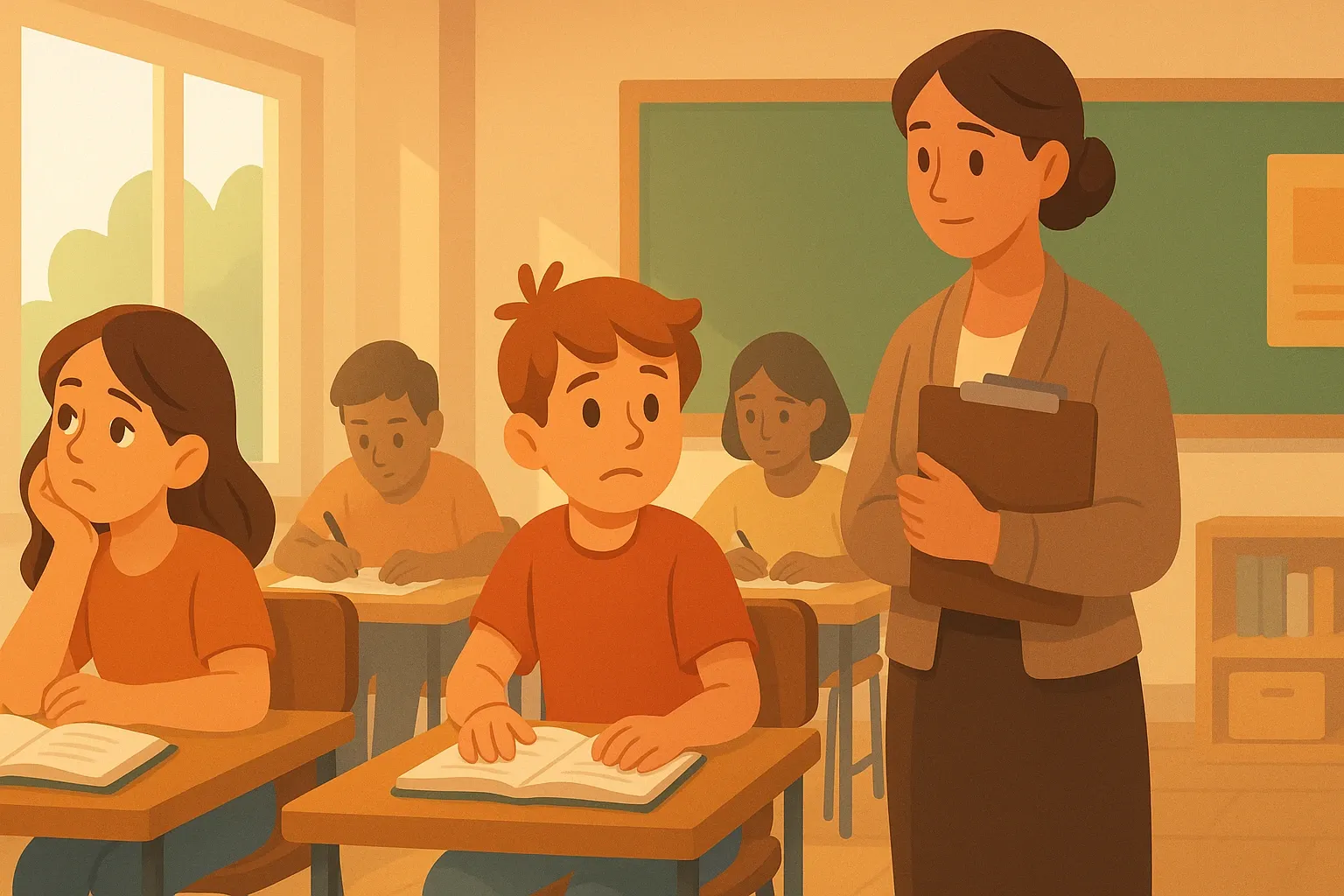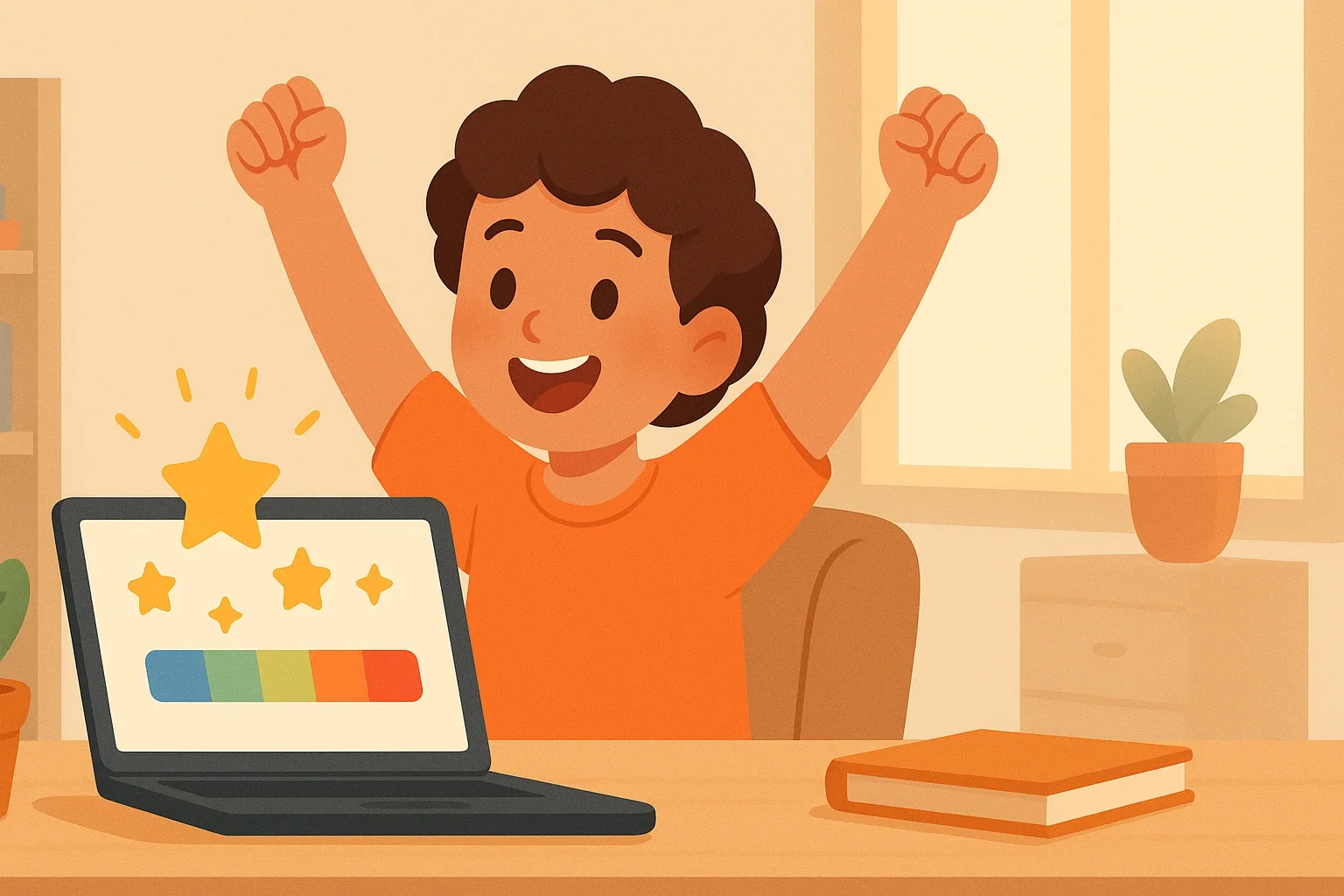Parents, teachers, and even adults often wonder: Is it ADD, or is it ADHD? The terms seem interchangeable, but the reality is more nuanced. While both involve attention difficulties, the presence—or absence—of hyperactivity sets them apart. Understanding the difference between ADD and ADHD isn’t just academic. It shapes diagnosis, treatment decisions, and everyday support for children and adults alike.

Understanding ADD vs ADHD: The Basics
Until 1994, Attention Deficit Disorder (ADD) was a widely used diagnosis. That changed when the Diagnostic and Statistical Manual of Mental Disorders (DSM) reclassified it under the broader term Attention Deficit Hyperactivity Disorder (ADHD).
Today, what people once called ADD corresponds to the Predominantly Inattentive Type of ADHD. This form involves difficulty sustaining attention, forgetfulness, and disorganization but lacks the hyperactivity and impulsivity often linked with ADHD.
ADHD now includes three recognized presentations:
- Predominantly Inattentive Type (formerly ADD): Focus challenges without hyperactivity or impulsivity.
- Predominantly Hyperactive-Impulsive Type: Restlessness, impulsivity, and difficulty staying seated dominate.
- Combined Type: A mix of inattentive and hyperactive-impulsive features.
Understanding these categories helps parents, educators, and healthcare professionals create more accurate treatment plans and realistic expectations for symptom management.
Key Differences Between ADD and ADHD
Although ADD is no longer a formal diagnosis, the term remains useful when describing attention-only challenges. Here’s how the symptoms differ in day-to-day life:
- ADD (Predominantly Inattentive ADHD):
- Often appears daydreamy or “tuned out”
- Struggles with time management and organization
- Forgets instructions or loses track of assignments
- Lacks hyperactivity or impulsive behaviors
- ADHD (Hyperactive or Combined Type):
- Displays fidgeting, restlessness, or constant movement
- Interrupts conversations or rushes tasks
- Finds it hard to wait in lines or sit through classes
- May talk excessively or make impulsive choices
- Can show inattentive symptoms alongside hyperactivity
Symptom Comparison of ADD vs ADHD
| Symptom Category | ADD (Inattentive Type) | ADHD (Hyperactive/Combined Type) |
| Attention | Poor focus, easily distracted | Poor focus plus hyperactive behaviors |
| Hyperactivity | Absent | Present: restlessness, constant movement |
| Impulsivity | Absent | Present: interrupting, acting without thinking |
| Emotional Regulation | Often affected by inattention and stress | Affected by impulsivity and frustration |
| Academic Performance | Disorganization, incomplete work | Impulsive errors, lack of sustained attention |
Why Correct Diagnosis Matters
Children who are quietly inattentive may not disrupt the classroom, yet their academic and emotional struggles are very real. In contrast, hyperactive behaviors often draw immediate attention because they affect group settings.
Accurate diagnosis allows for:
- Targeted medication choices based on symptom profiles.
- Appropriate behavioral interventions supporting emotional health.
- Educational accommodations tailored to focus and organization challenges.
Treatment and Management Approaches
Treating ADHD—whether it’s the inattentive type (formerly ADD) or other subtypes—goes far beyond simply prescribing medication. Modern approaches combine medical treatments, behavioral therapies, and lifestyle support to address both the core symptoms and the emotional challenges that often accompany ADHD.
Medication Options: Finding the Right Balance
For many individuals, medication provides quick and measurable relief from symptoms like distractibility, impulsivity, and restlessness. The most commonly used options include:
- Stimulants:
- Examples: Methylphenidate (Ritalin), Amphetamines (Adderall)
- Known for improving focus and reducing impulsivity
- Around 70–80% of patients respond positively to stimulant medications
- Non-Stimulants:
- Example: Atomoxetine
- Works more gradually but offers an option for those sensitive to stimulants
- Antidepressants:
- Used when ADHD symptoms overlap with anxiety or depression, providing broader mental health support
It’s important to note that medication alone is rarely enough. Doctors often recommend combining it with therapy and coping strategies for long-term success.
Behavioral and Psychological Therapies
Therapies focus on building skills and emotional resilience so individuals can handle everyday challenges more effectively.
- Cognitive Behavioral Therapy (CBT):
Helps identify negative thought patterns, teaches time management, and develops organizational habits. - Metacognitive Therapy:
Improves planning and prioritization skills, reducing feelings of overwhelm when facing complex tasks. - Family and Group Counseling:
Encourages better communication at home, offers emotional support, and teaches practical strategies for relationships affected by ADHD. - Educational Support:
For children, accommodations like extended test times or structured learning environments can make a big difference.

Treatment Options for ADHD
| Treatment Type | Focus Area | Examples |
| Medication | Symptom relief, attention improvement | Stimulants, Non-stimulants, Antidepressants |
| Behavioral Therapy | Emotional resilience, coping skills | CBT, Metacognitive Therapy |
| Family & Group Support | Communication, relationship skills | Family counseling, support groups |
| Educational Interventions | Academic success, classroom support | Extended time, structured lessons |
Why a Combined Approach Works Best
ADHD affects thinking patterns, emotions, and daily habits, so treating only one aspect often leaves others unaddressed. A combined approach helps:
- Reduce core symptoms like distractibility or impulsivity
- Build long-term coping mechanisms for work, school, and relationships
- Improve self-esteem and emotional well-being
The goal isn’t just to control symptoms—it’s to help individuals thrive in every area of life.
Boosting Cognitive Skills with the Mind Elevate App
Medication and therapy form the foundation of ADHD treatment, but cognitive training tools add a practical, engaging way to strengthen focus, memory, and problem-solving skills. One standout option is the Mind Elevate app, available on both Android and iOS.
This brain training platform offers 35+ scientifically designed games targeting:
- Memory retention for better recall in school or work
- Attention and concentration to improve task completion
- Logical reasoning for clearer thinking and planning
- Math fluency for faster problem-solving
- Musical perception to enhance auditory processing and focus
At the first login, users complete a personalized assessment that tailors exercises to individual strengths and areas for improvement. The premium version adds Daily Challenges, Personal Statistics, and Achievement Tracking, turning mental training into a motivating routine rather than a chore.
How Cognitive Training Complements ADHD Treatment
ADHD affects working memory, attention span, and executive function—all skills that can be sharpened with targeted mental exercises. When used alongside medication, therapy, and lifestyle adjustments, tools like Mind Elevate:
- Reinforce focus-building habits learned in behavioral therapy
- Provide structured mental workouts for everyday cognitive demands
- Help users visualize progress through achievement tracking, building confidence over time
This creates a comprehensive treatment plan that goes beyond symptom control, aiming for lasting improvements in attention, organization, and emotional well-being.
ADHD Support Strategies at a Glance
| Approach | Goal | Example |
| Medication | Reduce symptoms, improve focus | Stimulants, Non-stimulants, Antidepressants |
| Behavioral Therapy | Build coping skills, emotional balance | CBT, Metacognitive Therapy |
| Family & Educational Support | Improve relationships, academic success | Counseling, school accommodations |
| Cognitive Training Tools | Strengthen memory, attention, reasoning | Mind Elevate app with daily challenges |
Treating the Whole Picture
ADD and ADHD may share common ground, but treatment works best when it targets every layer of the condition—from managing symptoms with medication to teaching coping skills through therapy and sharpening focus with cognitive tools like Mind Elevate.
By combining medical care, behavioral support, lifestyle strategies, and brain training, individuals can move beyond symptom management toward greater confidence, productivity, and emotional well-being.


